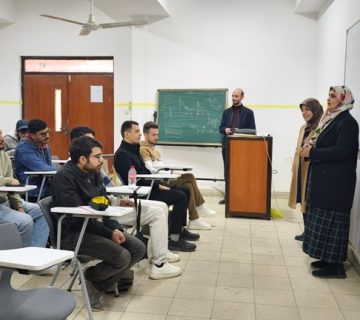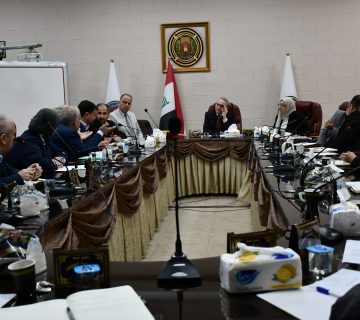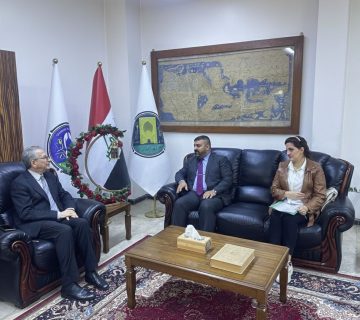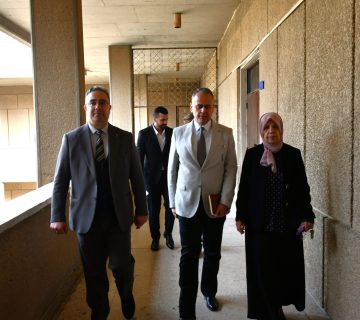Due to the significant expenses associated with starting projects, it is important to protect them and all of their parts from overuse and damage by adopting a clear and effective maintenance approach. This lengthens their life duration, and lowers costs. In Iraq, maintenance is crucial since the country has suffered from decades of unfavorable conditions and has not renewed or modernized its infrastructure, which has led to damage to buildings and infrastructure. The aim of this research is to find a model to measure, monitor and improve the efficiency of maintenance management in public sector projects in Iraq, based on performance indicators. After reviewing the previous literature related to maintenance and performance indicators, and choose one of the public sector institutions, seeing how it works, and knowing the size and type of available data, data for the previous 6 years are obtained. A model was found to improve the efficiency of maintenance management in public sector projects. This model consists of the main objective of improving the efficiency of maintenance management (EMM) which is divided into 5 secondary objectives, Employees development in maintenance management, Increase customer satisfaction, Reduce maintenance time, Increase the accuracy of maintenance, and Reduce maintenance costs. Each of the secondary objectives contains a number of performance indicators, and the total number of indicators is 14 indicators, where the weights for the indicators are calculated in two methods, the first is (Entropy) method and the second is the criteria importance through intercriteria correlation (CRITIC) method, a comparison was made between the two methods and the best method was chosen by a group of experts. A CRITIC method is chosen by the experts, and the weights of the indicators and objectives are calculated. Where the weight of Employees development in maintenance management was 0.2295, Increase customer satisfaction was 0.2407, Reduce maintenance time was 0.0884, Increase the accuracy of maintenance was 0.2620, and Reduce maintenance costs was 0.1794. It was the highest value of (EMM) 70.13%, then the model was created in the form of an interactive dashboard using Microsoft Excel and was evaluated by a group of experts in the field of maintenance, where the experts unanimously agreed that it will help improve the efficiency of maintenance management. The most important conclusions is that the model reveals the institution strengths and weaknesses, Relying on corrective maintenance and neglecting other types of maintenance in the institution, Poor data documentation, The existence of the proposed model in the research helps to unify the indicators, objectives and strategies of the institutions. The research led to a set of recommendations that help the institutions improve the efficiency of maintenance management.







